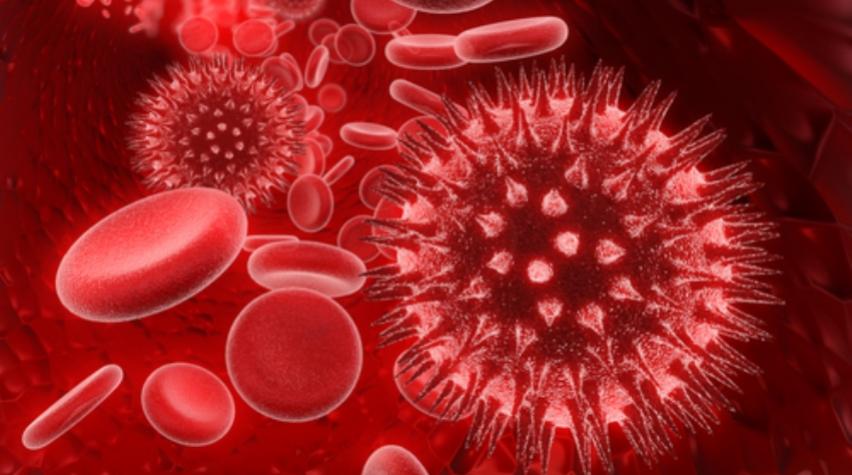
New research published this week demonstrates how a nanoparticle cloaked in a red blood cell membrane can act as a sponge to remove toxins from the body. The findings, published in Nature Nanotechnology, demonstrate how nanoparticles can be used to neutralize the toxins associated with a variety of bacteria, including some known to resist antibiotics, according to a report in Technology Review. The lead researcher in the project, Liangfang Zhang of University of California, San Diego, also explained in the report that the same mechanism could be used for counteracting toxins such as snake venom.
Technique fights many common protein toxins
This technique of absorbing toxins works by targeting what are known as "pore-forming toxins," which puncture cell walls. The report points out that these types of toxins are among the most common classes of protein toxins and are secreted by many bacteria, including those responsible for often-deadly MRSA, the antibiotic-resistant strain that plagues many hospitals. Researchers wrapped a real red blood cell membrane around biocompatible polymeric nano particle, Technology Review reports. Just one red blood cell contains enough membrane to create 3,000 of the spongelike nanoparticles, which were each 85 nanometers in diameter. You can view the full report in Technology Review here, or see the original research published in Nature Nanotechnology here (per article fee).


